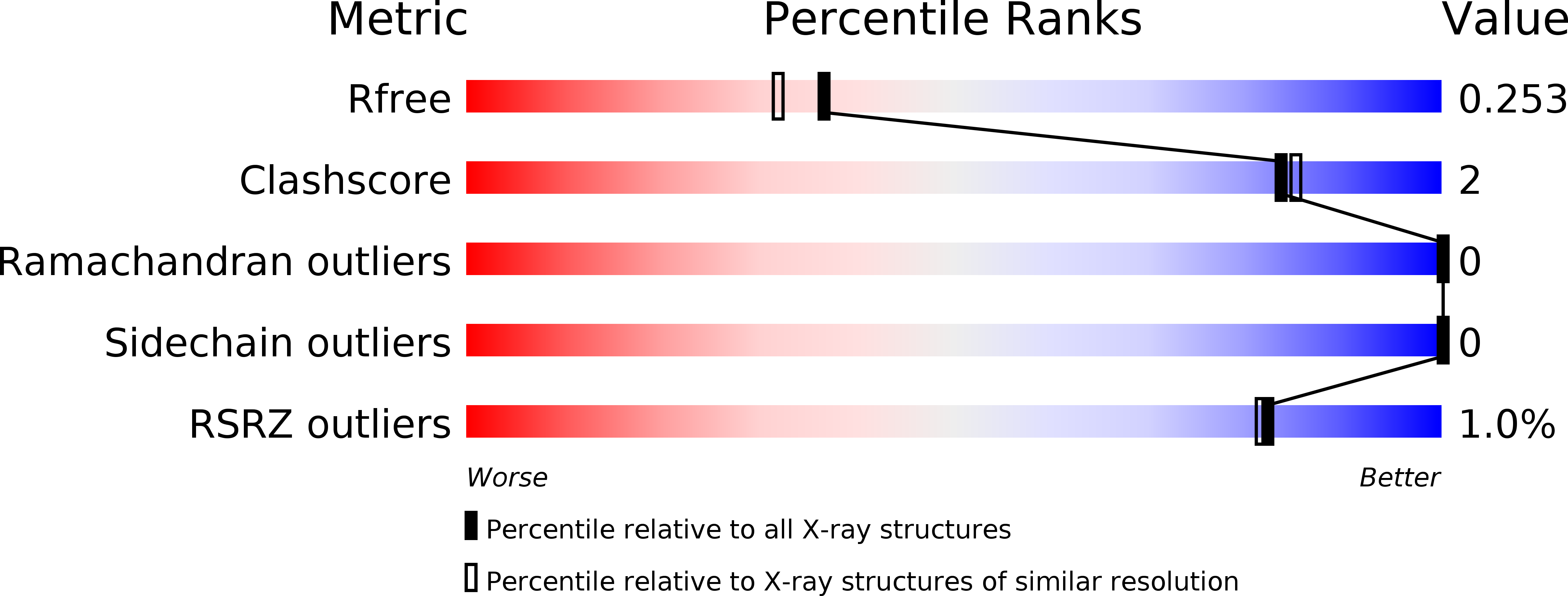
Deposition Date
2016-01-25
Release Date
2016-08-17
Last Version Date
2024-11-13
Entry Detail
PDB ID:
5HS8
Keywords:
Title:
Crystal structure of the diamide-treated YodB from B. subtilis
Biological Source:
Source Organism:
Bacillus subtilis (Taxon ID: 224308)
Host Organism:
Method Details:
Experimental Method:
Resolution:
2.00 Å
R-Value Free:
0.24
R-Value Work:
0.20
R-Value Observed:
0.20
Space Group:
P 62


